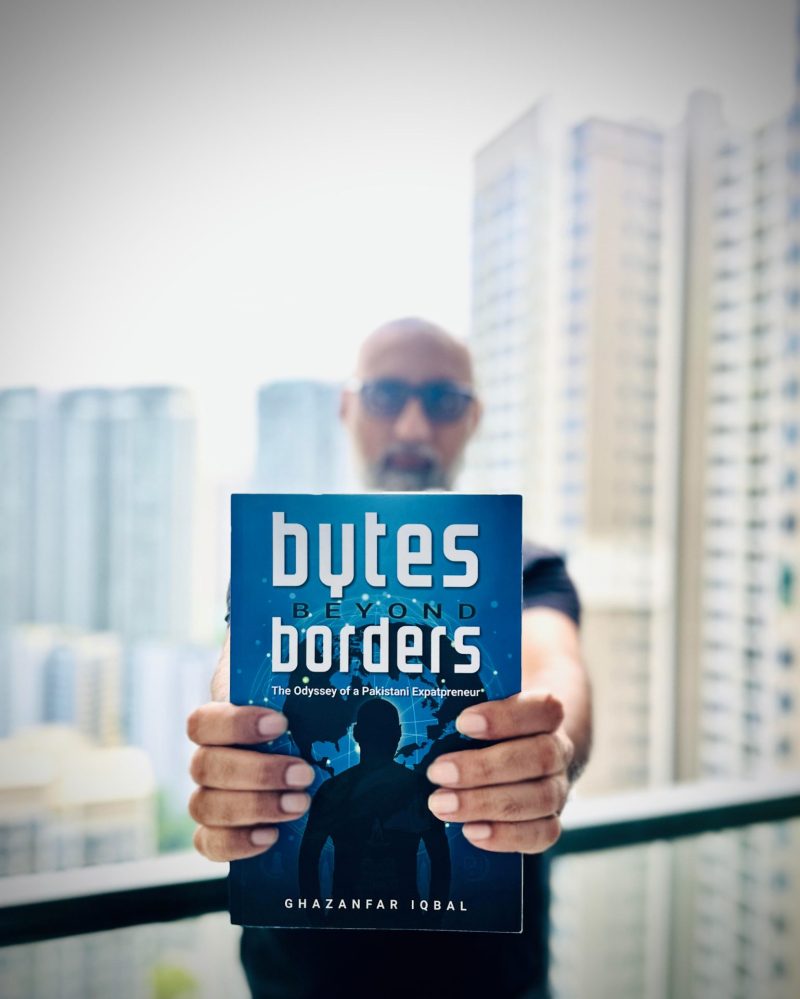How to Find Ideal Writing Spaces: A Guide for Nonfiction Writers

Finding ideal writing spaces is central to the success of your nonfiction book project. For you to thrive as an author, your space needs to help create a joyful writing experience.
In other words, being in your writing space has to be something that you look forward to every day with anticipation and excitement.
The act of writing is creative by nature, and for creativity to flourish you need to develop ideal conditions when you set up your environment.
The Importance of Having a Dedicated Writing Space
Writing a book requires consistency, and having access to a space where you feel you can “relax into your writing” will provide you with that consistency. If you were to sleep every day in a different bed, your sleeping patterns would likely be disturbed.
A good writing space is the equivalent of a good bed, a place of comfort you look forward to going to every day.
How to Find the Right Environment
How do you find the best writing place? It all depends on your personality and the type of environment that you need to get your creative juices flowing. Some people like to write in private while others thrive on writing in public.
Let’s look at both types of environments and include some examples, to see which would suit your personal style better.
Writing in Private Writing Spaces
If you require absolute peace and quiet in order to exercise your creative muscle, you may prefer to create your manuscript in a private place. Here are some good examples where you can do your writing:
- Your home office
- Your living room or dining room
- Your workplace office after hours
- Your backyard or in an enclosed garden
- Your bedroom
For you to succeed writing in a private place, you have to ensure that you can be completely alone and undisturbed for two solid hours. You may need to enlist the assistance of your family and co-workers.
Make sure that the chosen place appeals to your senses. Good lighting, the right temperature, a pleasant view, the right “smell,” etc., are all conducive to a positive experience.
Also, make sure that you’re sitting comfortably and that your posture is good for extended periods of typing in the same position.
Writing in Public Writing Spaces
If you find the private-place experience too lonely and need to feel surrounded by other people to get your creative juices going, then there are many great options out there. Here are some examples:
- At your favorite coffee shop
- On a park bench
- At the botanical or public gardens
- At the mall, either in the food court or on a comfy armchair
- At the art gallery or at a museum
- At a college campus, either in the library or on the grounds
Lack of Internet access in some of these places is actually a plus because it forces you to focus on your manuscript and keeps you from being distracted by your browser.
If you’re using Google Docs make sure you enable your document to be accessible offline while you’re still connected to the Internet so you can write in places without Wi-Fi.
Check this link to learn how to use this feature:
https://support.google.com/drive/answer/2375012?co=GENIE.Platform%3DDesktop&hl=en
Setting Up Your Writing Space for Success
Your success as a writer will hinge on setting aside a block of time every day where you won’t be distracted or interrupted by others. Creative writing requires a continuous state of flow, so your time needs to be well-protected.
For example, multi-tasking or any other activity that interrupts your flow is not conducive to creative thought. The act of writing requires that you weave ideas through association.
Your first thought will come to your mind when triggered externally – for instance, through a writing prompt. After that each thought and idea will bring about others, allowing your writing to expand.
Now, this isn’t a linear process. This is something that requires focus and concentration because your brain recalls stored information through association.
If you allow external circumstances to interrupt this retrieval mechanism, you’ll be interrupting your flow of ideas.
Once this association tree is broken, you’ll draw a blank and not be able to recall the information.
This is similar to when a thought comes to mind while you’re talking to someone but then go off a tangent instead. Often times, you won’t remember what you were talking about only seconds before.
So, what are typical sources of distraction on your writing path?
Sources of Distractions and How to Avoid Them
Here’s a list of the most common sources:
- People calling for your attention: For the duration of your writing time, you’ll need to enlist the support of those around you to not disturb you for any reason other than an emergency.
- Checking your email: Reading and writing emails during your writing time is a sure way to run the clock. If you have important emails, make sure you take care of them before you begin writing so that they aren’t psychologically weighing you down.
- Browsing the Internet: Any type of research for your book must be done outside your writing time. If you need to find missing information when you’re writing, just type some placeholder text and get back to it later. Online searches can quickly descend down a rabbit hole, which is something that you want to avoid at all costs when you’re writing.
- Responding to notifications: There’s nothing more distracting that the bings and dings of our electronic devices when notifications arrive. Make sure that all electronic devices in your vicinity are muted for the duration of your writing time (this includes your laptop!).
- Checking your electronic devices: You must also resist the temptation to regularly check your electronic devices. If you’re awaiting an important email or text, you need to set that aside for the two hours of your writing time, otherwise you’ll be distracted by the anticipation.
- The phone ringing: Make sure any type of landline or wireless phone in your vicinity is muted as well. As a preemptive measure, tell your friends and family members not to call you during your writing time unless there’s an emergency that requires your immediate attention.
- Checking social media platforms: It goes without saying that if you frequent your social media platforms during the day, your writing time should be off limits.
Creating a Writing Time
In order to improve in your writing craft you’ll need to become a habitual writer, and the only way to achieve this goal is through constant practice.
Not unlike a muscle in your body, in order to develop your writing muscle you to have to work it out. The more often you exercise it the faster it develops.
Now, chances are you’re not currently making a living from your writing, so you can’t afford to invest several hours per day in your craft like professional writers do.
However, you’ll still need to set aside a daily time block in which to work your writing muscle just like the pros do.
What I recommend is to devote two hours per day to writing, making sure that you always begin and end your block at the same time every day. Your writing muscle needs both continuity and consistency.
If you write one day in the morning, the next one in the afternoon, the following day you write for four hours instead of two, and then you skip the next day altogether, you’ll have a tough time developing your writing muscle.
So set aside a two-hour time block every day (or at the very least 6 days a week) and stick with it until your manuscript is completed.
Next Steps
Now that you have found the ideal writing space for your nonfiction book project, you need to have a writing system that will guide you from book idea to publishing-ready manuscript.
My companion article “How to Write a Compelling Book in 12 Steps: A Must-Read Guide for Nonfiction Authors” will show you the system used by the pros, so that you can be armed with the best practices in the nonfiction industry.
Good luck!
If you enjoyed this article and are in the process of writing a nonfiction book, be sure to check out my free nonfiction success guide, drawn from years of experience editing books for bestselling authors (including a New York Times bestseller) and ghostwriting for CEOs and politicians. Simply click here to get instant access.
Ben
Leave me a comment below if you have any questions or a specific need that I can help you address – I operate an author services firm that specializes in helping entrepreneurs, professionals and business owners who want to publish books as a calling card for prospects, to establish their status as an expert or to just to generate additional leads for their businesses.
Here are some related posts I highly recommend:
The 10 Must-Have Writing Skills for Nonfiction Authors
The 7 Key Rules for Writers of Outstanding Nonfiction Books
Learn 10 Powerful Writing Habits to Fast Track Your Nonfiction Book

Bennett R. Coles is an award-winning author of six books published through Harper Collins (New York) and Titan Publishing Group (London). He is also the publisher at Promontory Press, editor for multiple bestselling authors (including a NY Times bestseller), ghostwriter for CEOs and politicians and the founder of Cascadia Author Services, a boutique full-service firm that specializes in premium author services specifically designed for busy professionals. Our end-to-end services include writer coaching, ghostwriting, editing, proofing, cover design, book layout, eBook production, marketing, printing and distribution.
2 responses to “How to Find Ideal Writing Spaces: A Guide for Nonfiction Writers”
-

Thank you for your blog. I helps a lot. American Bangla Newspaper.
-

You’re welcome!
-







Leave a Reply